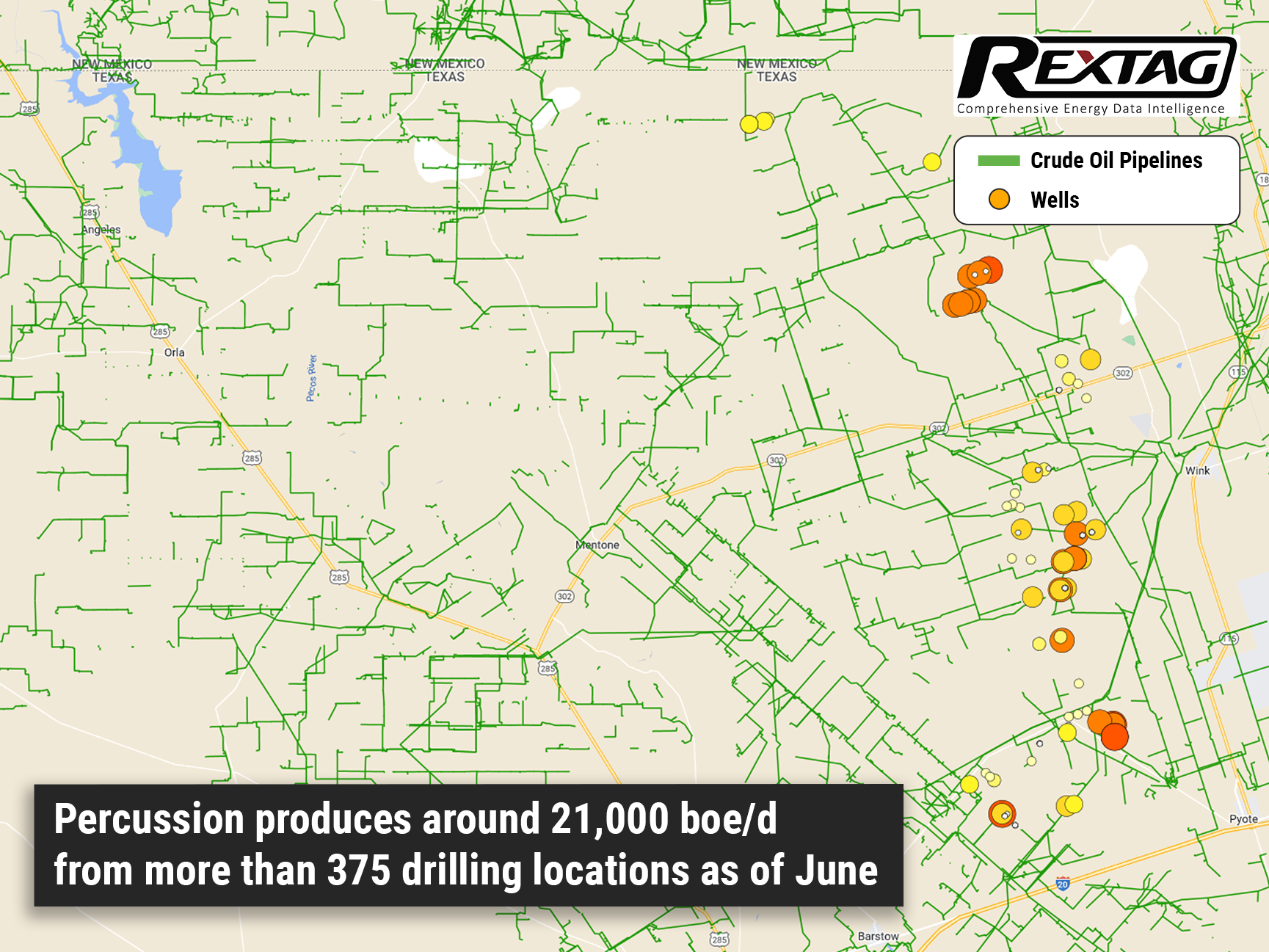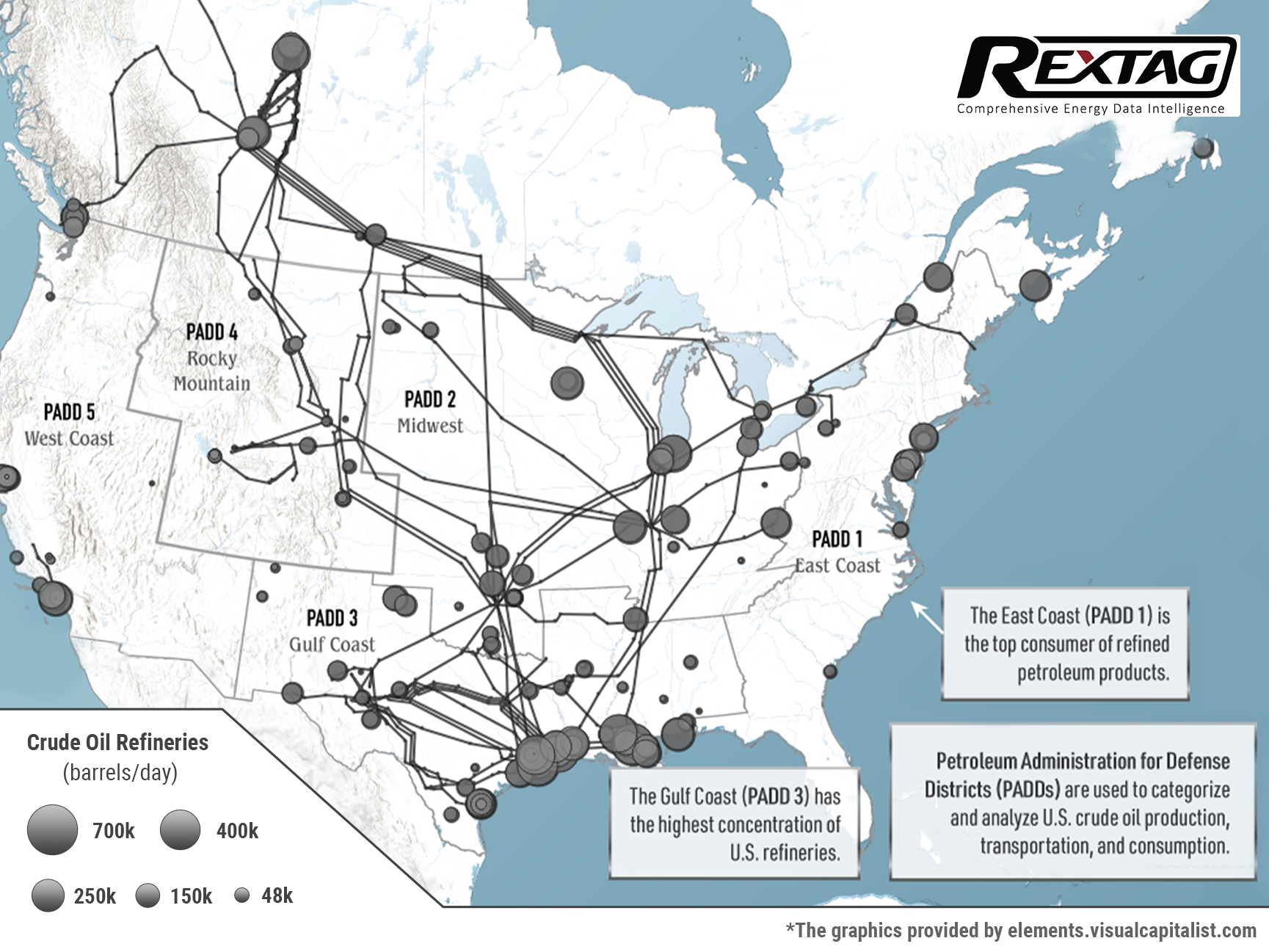Blog
Since days when shale oil and gas technologies were discovered, the U.S. energy industry has been evolving more rapidly than ever before. Many changes are amazing especially when you put them on an industry map. At Rextag not only do we keep you aware of major projects such as pipelines or LNG terminals placed in service. Even less significant news are still important to us, be it new wells drilled or processing plants put to regular maintenance.
Daily improvements often come unnoticed but you can still follow these together with us. Our main input is to “clip it” to the related map: map of crude oil refineries or that of natural gas compressor stations. Where do you get and follow your important industry news? Maybe you are subscribed to your favorite social media feeds or industry journals. Whatever your choice is, you are looking for the story. What happened? Who made it happen? WHY does this matter? (Remember, it is all about ‘What’s in It For Me’ (WIIFM) principle).
How Rextag blog helps? Here we are concerned with looking at things both CLOSELY and FROM A DISTANCE.
"Looking closely" means reflecting where exactly the object is located.
"From a distance" means helping you see a broader picture.
New power plant added in North-East? See exactly what kind of transmission lines approach it and where do they go. Are there other power plants around? GIS data do not come as a mere dot on a map. We collect so many additional data attributes: operator and owner records, physical parameters and production data. Sometimes you will be lucky to grab some specific area maps we share on our blog. Often, there is data behind it as well. Who are top midstream operators in Permian this year? What mileage falls to the share or Kinder Morgan in the San-Juan basin? Do you know? Do you want to know?
All right, then let us see WHERE things happen. Read this blog, capture the energy infrastructure mapped and stay aware with Rextag data!
Earthstone Expands Due to Acquisition of Titus’ Delaware
Earthstone Energy Inc., based in Texas, announced the transaction on June 28: the acquisition of Titus Oil&Gas which will raise production in the Delaware Basin by 26%. The $627 million acquisition fills the Permian Basin in Eddy and Lea counties, N.M. with 86 net locations on 7,900 net acres of leasehold, while it is not clear how much of the leasehold might be on federal acreage It is Earthstone’s seventh acquisition since 2021, a span that includes the closing of approximately $1.89 billion in acquisitions in the Permian Basin. The purchase of Titus Oil & Gas Production LLC and Titus Oil & Gas Production II LLC, privately held companies backed by NGP Energy Capital Management LLC, is estimated at $575 million in cash and it is the equivalent of $52 million in stock (3.9 million shares of its Class A common stock based on the June 24 closing price). Titus shared that its net production in June was 31,800 boe/d. The company had reserves of approximately 28.9 MMboe. Earthstone is sure its net production will increase, at the midpoint, by 20,500 boe/d (65% oil) in the fourth quarter.
Potential Deal for $5 Billion: Tug Hill and Quantum Energy Seek Sale
Undisclosed industry sources said that THQ Appalachia I LLC (Tug Hill and Quantum Energy) is seeking a sale of the U.S. natural gas producer for more than $5 billion, including debt. Mainly operating in the Marshall and Wetzel counties in West Virginia, THQ Appalachia has net production of around 760 MMcf/d. Despite volatility in commodity markets which has made the valuation of energy producers tougher, THQ Appalachia is anticipating more than $5 billion due to the worth of its existing production and the possible value of its undeveloped acreage, the sources said on June 17. Additionally to purchasing THQ Appalachia, possible bidders in the sale process also have the opportunity to buy XcL Midstream, the pipeline firm that moves the company’s gas to market and has the same CEO as in Tug Hill. If the same buyer chooses to purchase XcL, the deal consideration will increase further. However, the anonymous sources admitted that the sale depends on the market conditions and is not guaranteed since Tug Hill and Quantum could ultimately decide to retain some or all of THQ Appalachia and XcL’s assets. Tug Hill and Quantum refused to comment on these statements and XcL did not respond to a comment request.
DCP Midstream Expands Permian Basin Footprint with $160 Million Bolt-on Acquisition
A bolt-on acquisition of Woodland Midstream gathering and processing assets in the Permian Basin by DCP Midstream LP is under consideration and estimated at $160 million. According to a definitive agreement announced on June 14, DCP Midstream will get the James Lake System from Woodland Midstream II, a portfolio company of EIV Capital. DCP anticipates funding the bolt-on acquisition using cash on hand and borrowings under the company’s existing bank facilities. Since the James Lake System is situated within three miles of DCP’s Goldsmith processing facility in the Permian Basin, it provides the opportunity to maintain significant synergies and reduce the acquisition multiple over time. The System includes about 230 miles of gathering pipe and a 120 MMcf/d cryogenic processing facility, increasing DCP’s capacity and serving significant synergies with the company’s Goldsmith processing facility in Ector County, Texas. The James Lake System attends producers within the Permian’s Central Basin Platform in Ector, Andrews, and Winkler counties, Texas. It is expected that DCP also secures about 250,000 dedicated acres and the transaction itself is expected to be completed in the third quarter of the year. To ensure the fulfillment of this transaction: Holland & Hart LLP provides legal counsel to DCP; Intrepid Partners, LLC is a financial adviser and McDermott Will & Emery LLP is a legal advisor to Woodland Midstream II.
Cheniere’s LNG Is on the Next Level Due to Corpus Christi Expansion FID
According to CheniereEnergy’s board of directors announcement on June 22, the company declared the further expansion of its CorpusChristi, Texas. Moreover, the LNG plant could come sooner than expected due to the announcement of a final investments decision (FID) related to Stage 3 Liquefaction Project work at the export facility. It will ensure the capacity to ship 10-plus million tonnes per annum (mtpa) from 7 midscale trains. Furthermore, TudorPickering, Holt & Co. (#TPH) declared on June 23, that the possible ultimate capacity of the facility could be in the 11-12 mtpa range given 10.7 mtpa of long-term contracts have been signed with companies such as CPC, PGNiG, Sinochem, Foran, ENGIE, Apache, EOG and ARX CN. Additionally, Cheniere announced two sale and purchase agreements (SPAs) with #ChevronCorp.: Firstly, Chevron will obtain 1 mtpa of LNG from Sabine Pass Liquefaction LLC with deliveries considered to start in 2026. Deliveries will reach full capacity in 2027 and expire in mid-2042. Secondly, Chevron will obtain 1 mtpa of LNG from Cheniere Marketing LLC with deliveries considered to start in 2027 and continue for about 15 years. The purchase price for the LNG under both SPAs will be indexed to the Henry Hub price, plus a fixed liquefaction fee as Cheniere claimed. Since the expansion will have been completed, Cheniere’s aggregate nominal production capacity will be increased to more than 55 mtpa by the end of 2025 compared to 45 mtpa now. It will become a part of the industry-wide decarbonization movement away from coal and oil as this allows Cheniere to provide the global market with additional low-carbon fuels. First exports from the facility are anticipated in 2025.
Up to $1.5 Billion for Percussion Petroleum in the Permian Basin
Around 25,000 net acres in the Permian are being sold by Percussion Petroleum II, looking to fetch up to $1.5 billion, as some sources bet on rising oil prices to pocket more than double what it paid in 2021. The company spent $375 million plus contingent payments a year ago to buy the bulk of its assets in one of the most prolific crude-producing areas in the U.S. from Oasis PetroleumInc. The oil prices increased to triple digits and buyers wanted to gain a toehold in the basin, whereas backers of private shale companies such as Percussion use it as a chance to exit their investments with big profits. Remarkably, U.S. crude oil futures have grown about 50% to approximately $109/bbl since June 29, 2021, when Percussion closed its deal with Oasis.
Crude oil pipelines in North America: a current perspective
Being the main means of transferring crude oil around the world, pipelines rapidly route oil and its derivative products (gasoline, jet fuel, diesel fuel, heating oil, and heavier fuel oils) to refineries and empower other businesses. The U.S. and Canada solely make North America a major oil hub for more than 90,000 miles of crude oil and petroleum product pipelines, which are connected to more than 140 refineries daily processing about 20 million barrels of oil. Compared to 2010, U.S. crude oil production has increased more than twice: from 5.4 to 11.5 million barrels a day. Therefore, newly produced oil obliged energy companies to expand their pipeline networks, but it has only increased by 56%. According to the latest data, Plains manages the largest pipeline network across the U.S. and Canada (its diameter is at least 10 inches) which is the 14,919-mile network that spans from the northwestern tip of Alberta down to the southern coasts of Texas and Louisiana. The place where all these various spreading pipeline networks carry crude oil is refineries, where it is transformed into different petroleum products. Gulf Coast (PADD 3) possesses several refineries with the largest throughput in North America that process more than 500,000 barrels per day. Not only does the development of new pipelines give a plethora of opportunities for economic growth but also it remains a contentious issue in Canada and the U.S., with the cancellation of the KeystoneXL pipeline emblematic of growing anti-pipeline sentiment. In 2021, only 14 petroleum liquids pipeline construction plans were completed in the U.S., which is considered the lowest amount of new pipelines and expansions ever since 2013. Anti-pipeline sentiment did not come out unexpectedly as leaks and spills in just the last decade have resulted in billions of dollars of damages. From 2010 to 2020, the Pipelineand Hazardous Materials Safety Administration reported 983 incidents that resulted in 149,000 spilled and unrecovered barrels of oil, even five fatalities, 27 injuries, and more than $2.5B in damages.
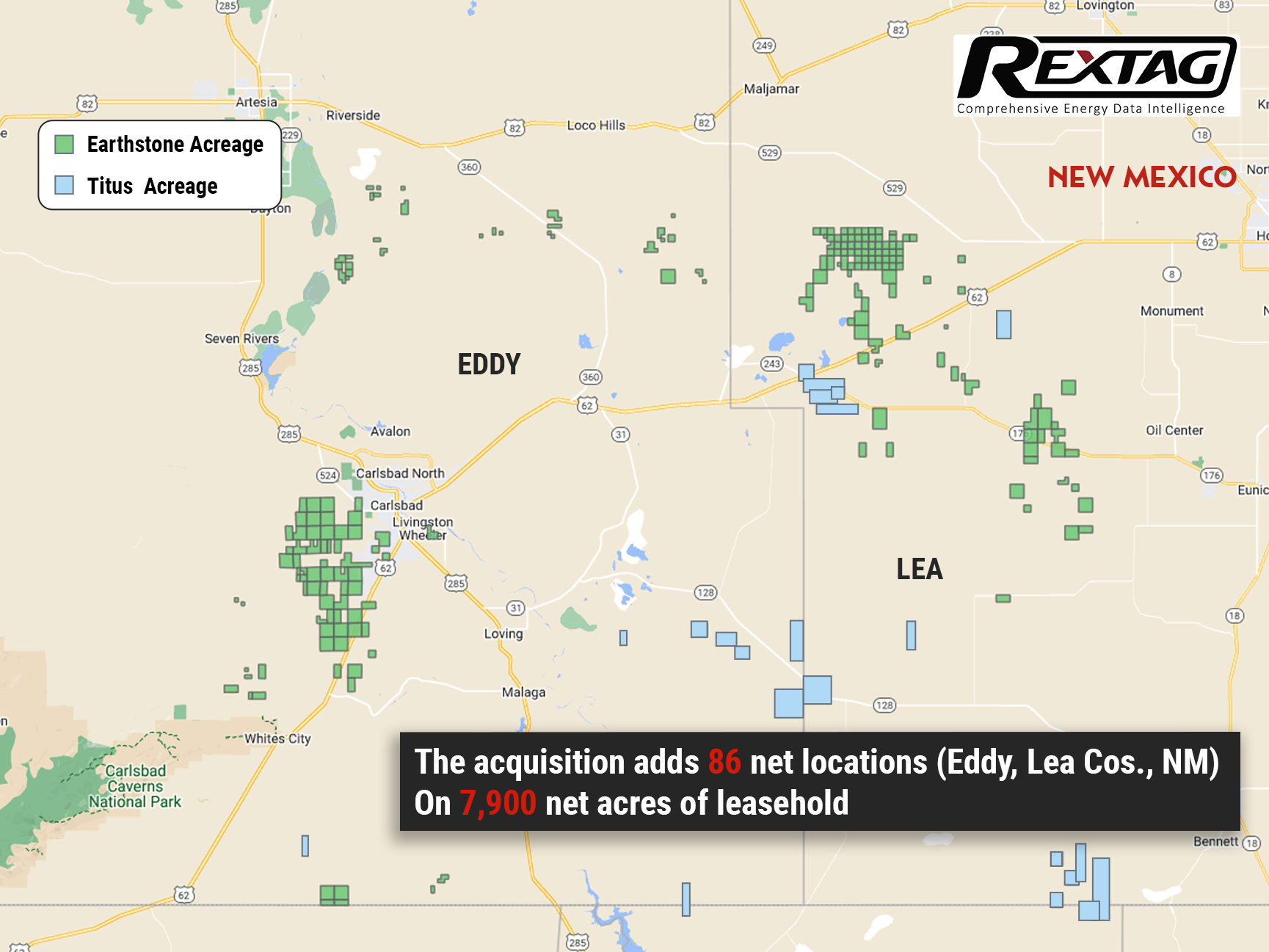
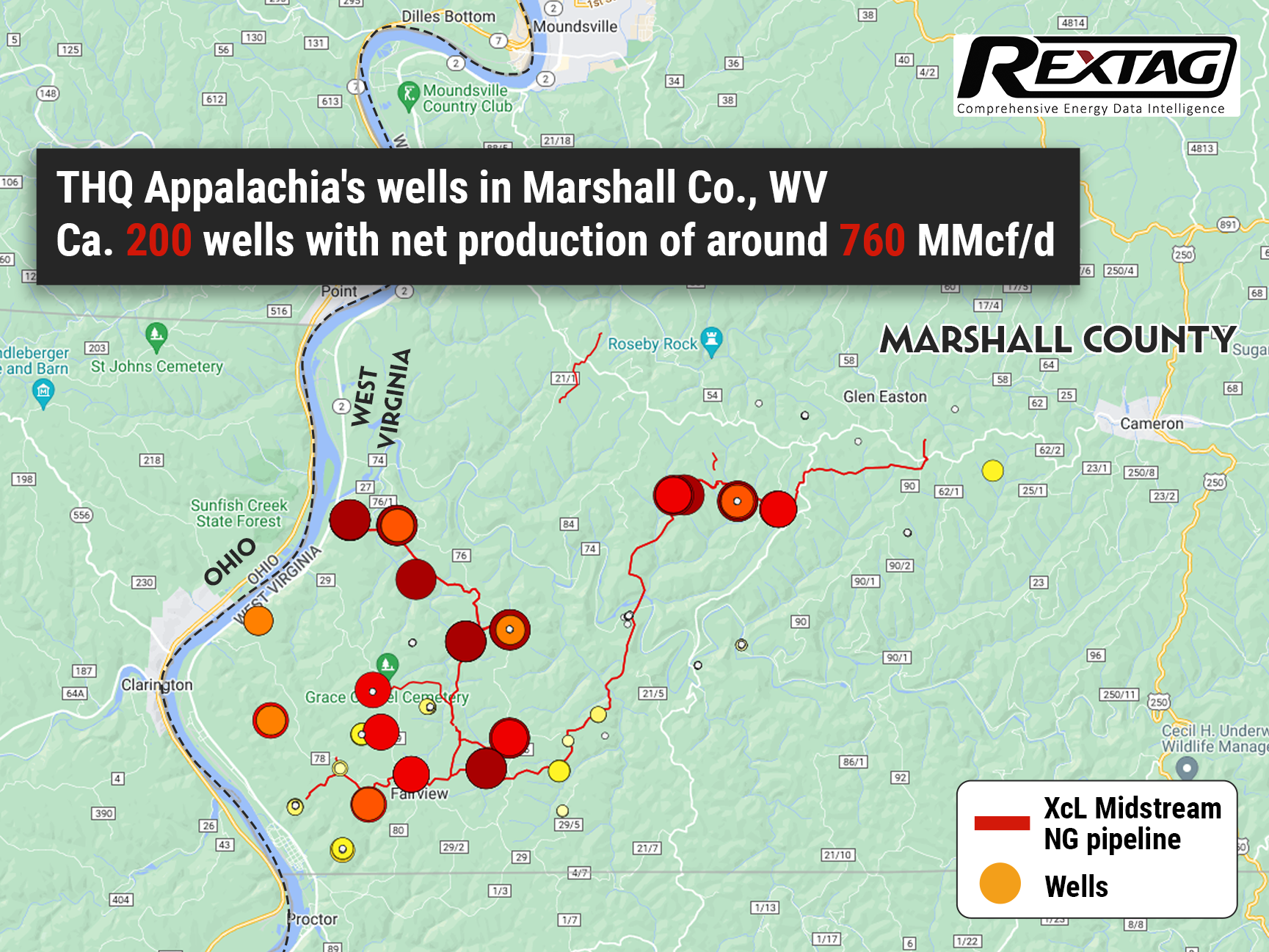
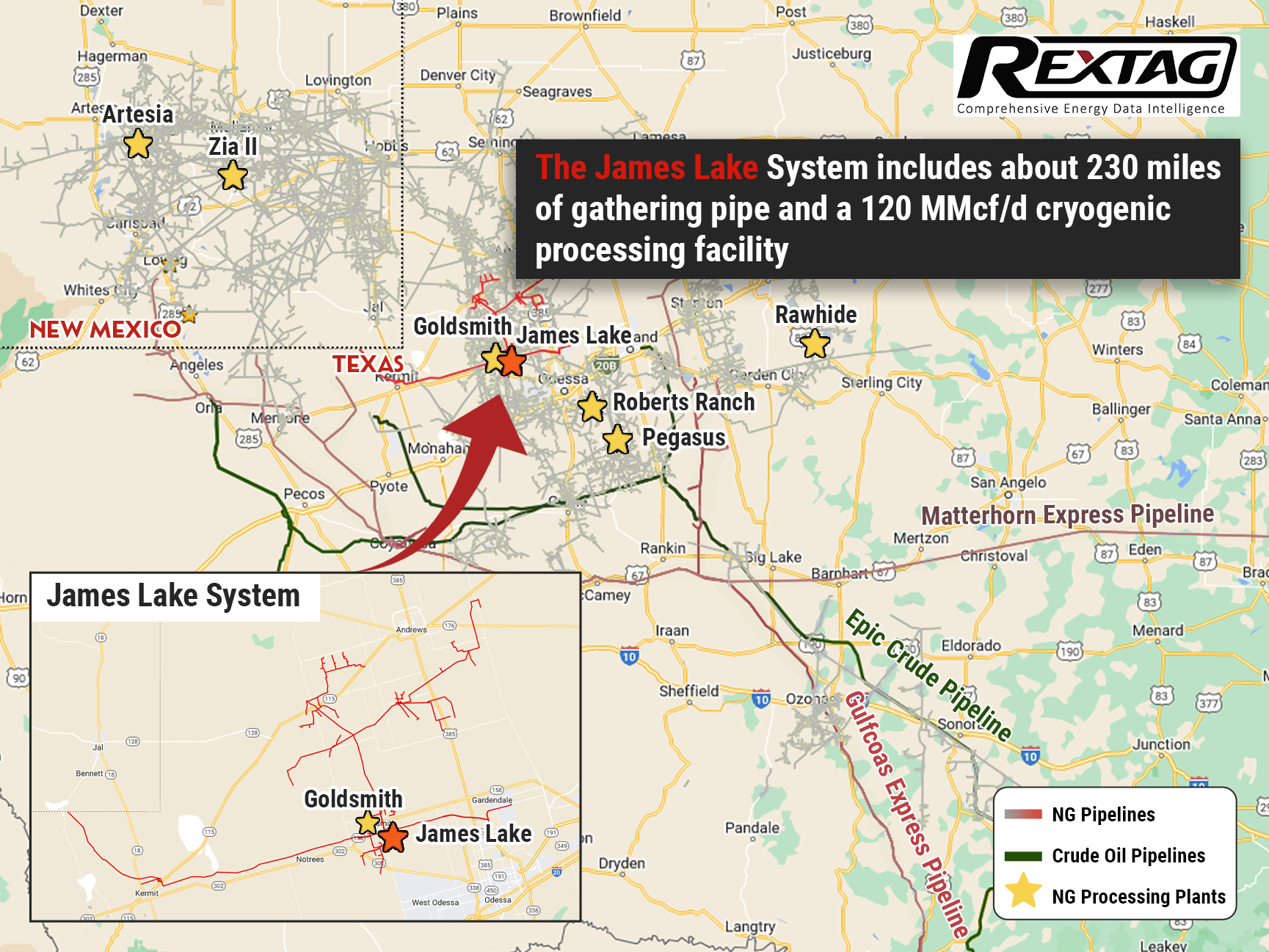
.png)
